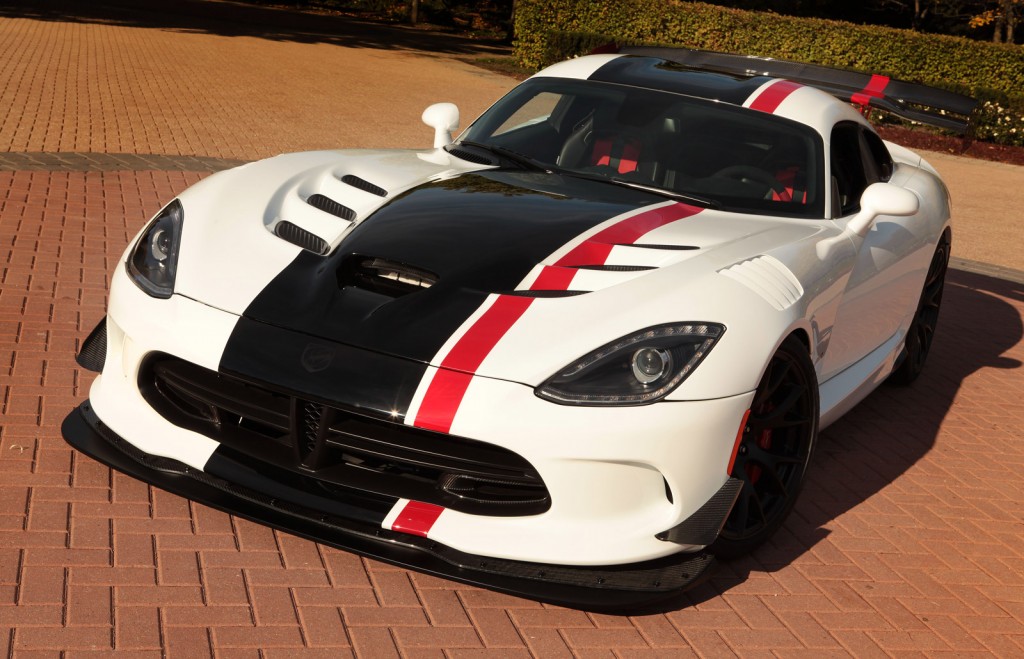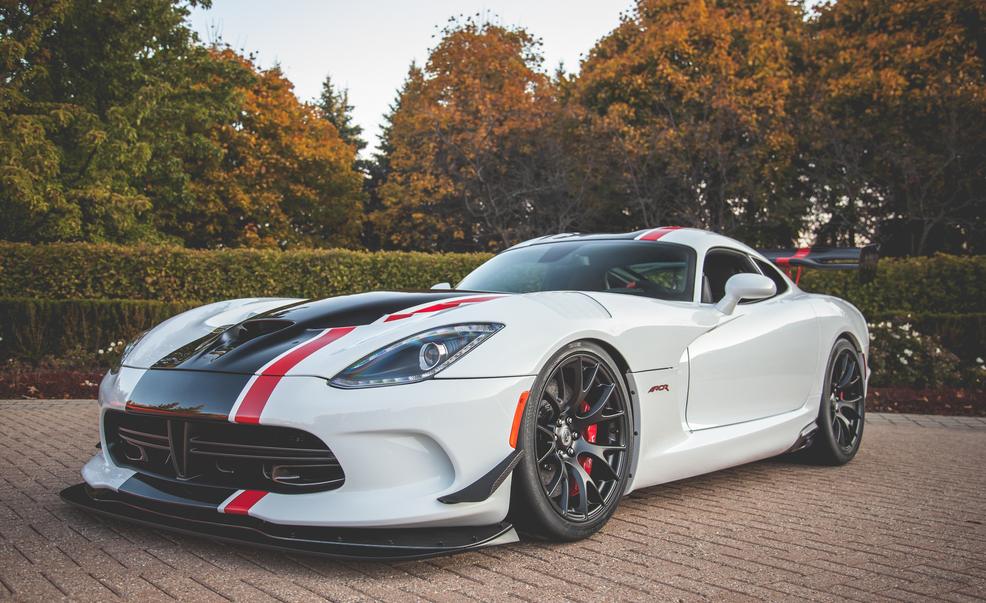Test Drive – 2016 Dodge Charger SRT
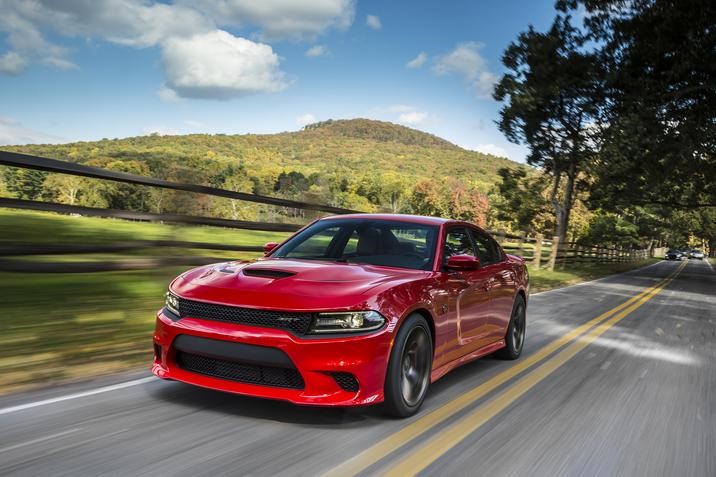
When it comes to affordable performance-oriented sedans that deliver more horsepower per dollar, the Dodge Charger SRT is on the top of many consumers' lists. Take the meanest looking stock car on the road and equip it with track-tested performance backed by its racing division, you get one of the most head-turning vehicles on the road today.
The Charger has carved a very comfortable niche for itself, proving there are buyers for full-size cars that are big on performance. While we’ve seen automakers like Pontiac struggle with its almost-unknown GXP line, the Charger and Challenger have managed to do quite well in the market.
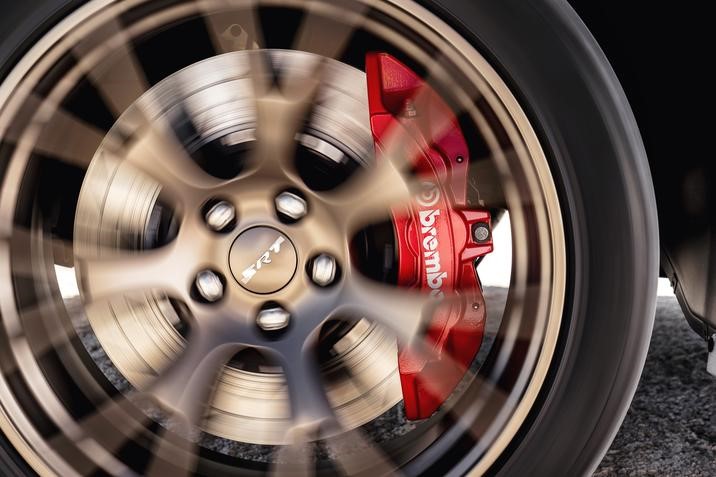
This large sedan matches its heavy performance specs with brash exterior styling that is unapologetically Dodge. The front features sleek dark headlights complemented with LED daytime running lights that stretch to its outer edges of the vehicle. The deep body kit stretches downward just a few inches off the ground providing a sleek, low profile. The hood features a functional air intake that's angled in such a way that it doesn’t get in the way of the driver. On top of that, the silver eye-popping SRT-exclusive wheels look stunning and show off the bright red 13.8-inch Brembo calipers squeezing on 15.4-inch discs. At the rear, although the taillights look great, I do wish they did something flashier with all those lighting elements to distinguish it as an SRT.
Sporting a more-than-plenty 485 horsepower makes this one of the noisiest hell-raising stock sedans you can buy. With 475 lb.-ft. of torque – all pushed to the rear wheels, doing burnouts at stop lights become a frequent occurrence. Surprisingly, the standard eight-speed automatic is the only transmission choice, but features wicked paddle shifters that encourage you to push each gear to its absolute limit. This gearbox is a huge upgrade over the outdated five-speed on the 2014 model.
Everything about the driving experience is totally customizable using the UConnect screen. Touching the SRT button brings up driving modes that allow you to fine-tune your transmission, steering, and other components for either the road or the racetrack. Street mode delivers a well-behaved benign drive while Track mode pushes the vehicle to its performance limits while tightening the driving feel.
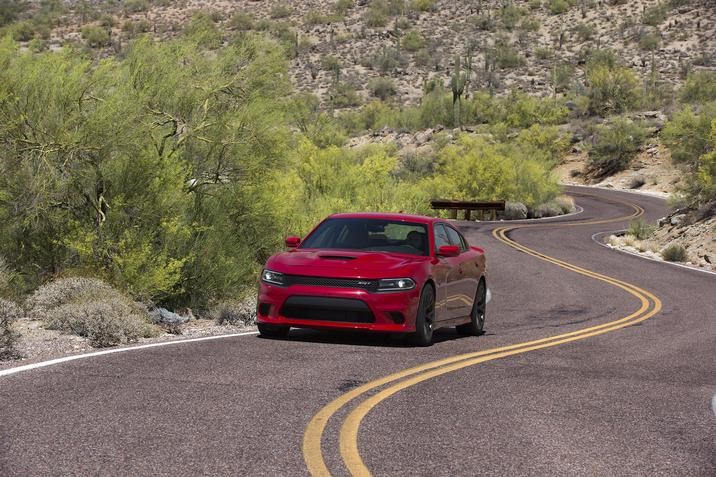
The emanated sound is unmistakably SRT from the moment you start the ignition. Shared with the Hellcat, the straight-through exhaust system with electronically variable valves deliver the SRT’s unique notes while the exclusive mid-muffler echoes the sound into the cabin.
With a 0-100 km/h in just over four seconds, getting sucked into the leather perforated seats was a comfortable undertaking, while the cooled seats will allow one to sweat it out when taken to the track.
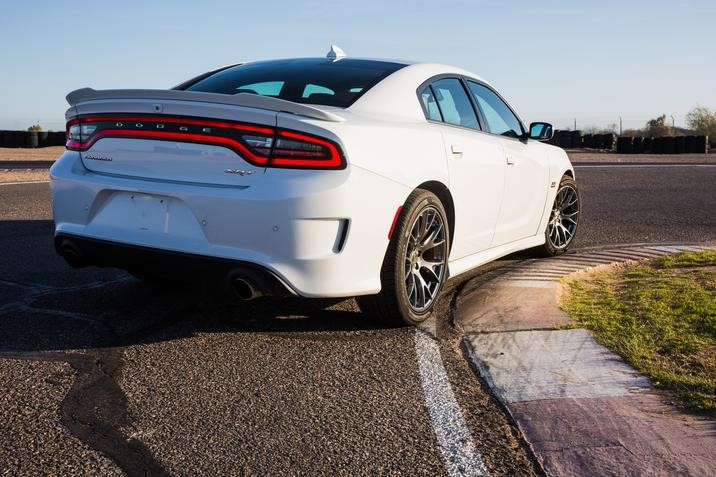
The chunky non-circular steering wheel features a whole slew of buttons in front and behind to control various gadgets without taking your eyes off the road. In addition, the large 8.4-inch UConnect touchscreen makes it easy to control everything from the interior settings to the driver experience. Old school button pushers will be happy to find traditional knobs and dials in the centre stack to control the climate and entertainment.
Unlike most performance cars, this SRT makes a great daily driver. The ample room for five adults and the large boot encourage your family and friends to join in on the madness while the acceptably efficient ECO mode allows you to contemplate a long-term relationship with the car once the fun settles down. Engaging ECO mode kicks in the Multi-displacement System (MDS) which shuts down four of the eight cylinders at coasting speeds and restricts the engine’s performance. During my highway test, I was able to comfortably cruise 100 km/h at around 1,750 rpm under ECO mode while averaging 6.7 L/100km. That number shoots up quite a bit in the city – especially in stop-and-go traffic.
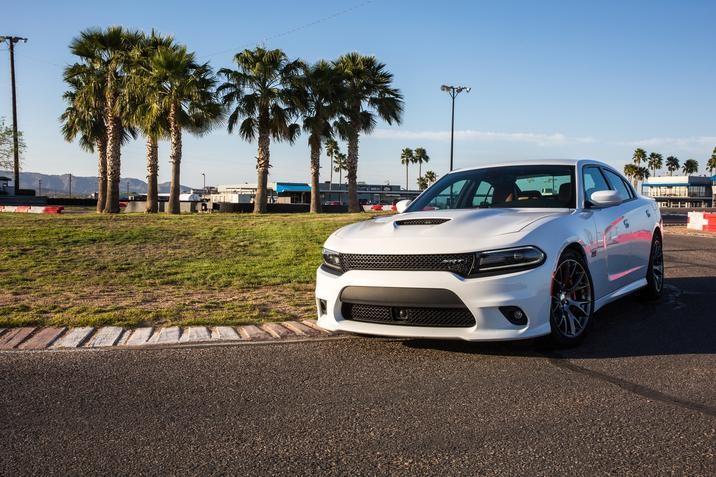
South of the border you will find the Charger SRT’s closest competitor – the Chevrolet SS. Based on the VF Commodore from GM’s Holden division, this four-door Camaro has a 6.2L V8 coupled to a six-speed that puts out 415 horses and another 415 lb.-ft. of torque. Don’t expect it in Canada any time soon, as it is being scrapped in 2017. Alternatively, the Ford Taurus SHO is the only full-size sports sedan, but its 3.5-litre SHO EcoBoost puts out a measly 365 horsepower and 350 lb.-ft. of torque.
The Charger SRT is a solid four-door performer offering amazing power and performance with a price tag that offers more car per dollar. It backs up its daring exterior design with its highly-acclaimed SRT performance – all while providing forgiving fuel economy numbers that will make the love last in the long run.
- Published in CAR REVIEWS

